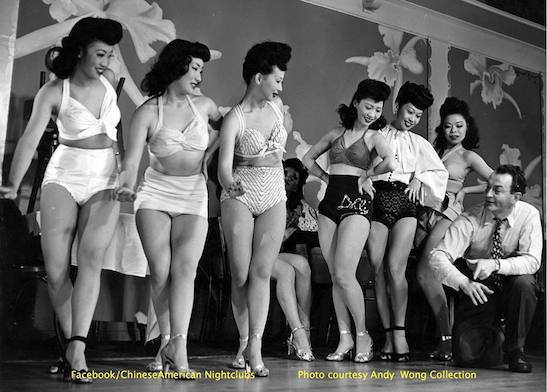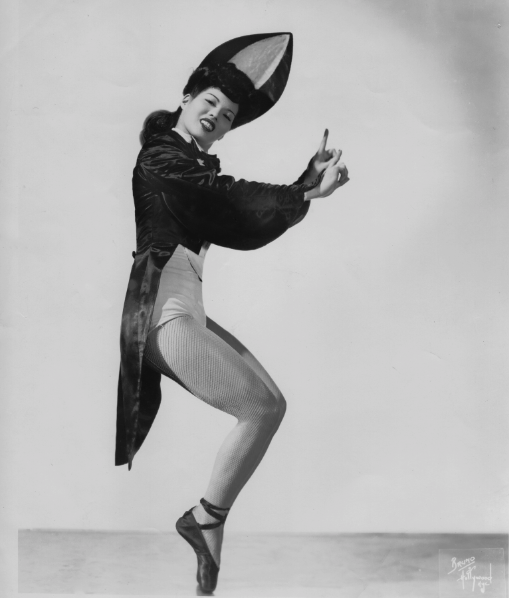By Aaron Facundo, AsAmNews Intern
A museum honoring San Francisco’s 20th-century Chinese nightclub culture is now open for the public to experience.
The museum is built upon the history of the Forbidden City Nightclub, a nightclub that mainly featured Chinese performers.
Cynthia Yee, a former dancer and Miss Chinatown 1967, states that at the time, Asian American performers often faced discrimination and therefore were not popular amongst nightclub visitors. Additionally, she recalls only a small number of Chinese performers in the nightclub industry.
“In those days, it was very difficult to find a Chinese person willing to wear fishnets,” Yee told AsAmNews.
Pat Chin, a veteran of the Chinatown nightclub scene as well as a former dancer for Chinese Sky Room, got her start in dancing because it required no college education and provided a way to earn a living at an early age.
Chin is delighted to see young people experiencing a part of her history for the first time as well as seeing older people recollect good memories from these Chinatown nightclubs.
“Many people nowadays never experienced the glamor of dressing up elegantly, going out to dinner, dancing and seeing a cabaret show,” Chin said. “When the older people come to visit us, they recall their favorite memories of the days when they were younger, going out to their favorite restaurants and clubs, dining elegantly and seeing a show.”
Aside from museum curators, people have been trying to uncover the Asian American nightclub history for years. Arthur Dong, a filmmaker and author, illustrated the history of the Forbidden City Nightclub in Chinatown through a documentary and a book, both titled Forbidden City, USA. He said he was drawn to the history as he met more and more of the entertainers.
“I’m happy that members of the troupe who were veterans of the Chinatown nightclub scene, like Cynthia Yee, Pat Chin, and the late Coby Yee, are sharing their personal stories with a wider public, and especially their fabulous mementos and costumes,” Dong said.

Choreographer Walt Biggerstaff with the chorus of Andy Wong’s Chinese Skyroom, the first Chinatown nightclub in the world (San Francisco, 1937)! Photo courtesy of the Andy Wong Collection.
When Yee was 17 years old, her mother received a call from Dorothy Toy, the “Asian Ginger Rogers.” After a fellow showgirl became sick and needed surgery, Toy urgently searched for a replacement. Toy decided that Yee fit perfectly and it forever changed her life.
Their first show was not too far from home as it took place in San Francisco’s Forbidden City. For a decade, Yee continued to dance alongside Toy, traveling all across the world from Vancouver to Scandinavia.
Yee conceptualized the opening of a museum to preserve her history and passion from the start of the coronavirus pandemic. The Clarion Performing Arts Center held musical instrument lessons for upwards of 120 students. Because of the pandemic, instructors no longer utilized the space to teach students and resorted to remote learning. Therefore, Yee decided to transform the learning space for music into a learning space for Chinatown history.
Although the pandemic helped kickstart the project, it also halted its function.
The Showgirl Magic Museum originally opened on October 31 of last year. However, because of lockdown restrictions, the museum closed operations only a day later. On May 1 of this year, the museum finally reopened.
Every Saturday, the museum operates alongside a free concert hosted by the Clarion Performing Arts Center. After the concert, guests may sit down and watch a film documenting the history of Chinese nightclub culture in San Francisco. The museum itself holds displays a wide variety of Forbidden City items. Some of the showcased items include feathered headdresses and costumes owned by Yee herself. Coby Yee, the last owner of the nightclub from 1962 to 1970, sewed her own costumes and donated them to the museum for display. Due to natural causes, Coby Yee died on August 14, 2020, just two months before the original opening of the museum.
“People really enjoy coming down to the museum to see it because they remember the times that they had when they were young,” Yee said. “I just spoke to a lady that is now 95 years old who recalled dancing in the Chinese nightclub even though she wasn’t even Chinese.”
While operating the museum, Yee often overhears visitors feeling a lot of nostalgia while looking at items or watching documentaries.
“I want visitors to know that we want to preserve a lot of the past and if they’re older, I want them to feel welcome here,” Yee said. “I think people are appreciative of this place.”
Dong is grateful for the opening of the museum as a means to educate the public about AAPI struggles.
“I hope people will learn about the roadblocks that Asian American entertainers face today in their fight for diversity and inclusion have deep historical roots,” Dong said. “We can learn and be inspired by this earlier generation of performers and impresarios from the Chinatown nightclub era who fought not only discrimination from the mainstream but also intolerance from their own communities.”
More information on the museum, including a donation link, can be found on the Clarion Performing Arts Center’s website.
AsAmNews has Asian America in its heart. We’re an all-volunteer effort of dedicated staff and interns. Check out our new Instagram account. Go to our Twitter feed and Facebook page for more content. Please consider interning, joining our staff, or submitting a story or making a contribution.




Great article except there’s no mention of where the museum is located or it’s hours of operation.